Significance
With over three hundred years of history, Guanyin Temple is not only the most symbolic temple on the island but is also the home of Buddhism in Penghu. The temple faces Xiyu Township, where the popular tourist destination—Xiying Paradise—is located. Although the temple has been severely damaged in different wars, it underwent a large-scale reconstruction in 1927. The new design includes many passageways running alongside, around, and through the main building. The roof design includes six sharp ridge corners on a triple-layer roof with two bell towers on either side. It is a very rare design for temples. Sitting in front of the temple are two “rice-stone” lions which once guarded the Penghu Prefecture Hall during the Qing dynasty. The lions are the only ones of their kind to have survived the centuries unscathed.
History
Penghu Guanyin Temple is also sometimes known as Magong Guanyin Temple. It is said that a small pavilion was already present at this location by the end of the Ming dynasty (1368 – 1644). In 1696, Qing general Xue Kui expanded the pavilion into a temple to worship Guanyin (the Goddess of Mercy). The original temple was large in scale but was razed to the ground by French forces during the Sino-French War in 1884. Two statues of Guanyin and eighteen statues of the arhats (Buddhist saints) were all stolen. The temple was rebuilt in 1891 with funds donated by Wu Hong-luo (1843 – 1897), a leiutenant stationed in the Penghu district. In 1923, when Taiwan was under Japanese rule, the Japanese government set up an office in the original Penghu Prefecture Hall. The stone lions originally guarding the building were moved to Guanyin Temple. The temple was again in 1927 using donations given by generous local gentry. After further damage was inflicted during World War II, believers once again raised funds in 1957 to renovate the temple. The new temple has a much humbler appearance. Although no longer possessing the glamor that it once did, it is still considered a sacred place for local Buddhist followers. In 1985, Guanyin Temple obtained municipal historical site status.
Special Features

1Layout of the TempleThe design of Guanyin Temple today is the work of two famous carpteners from Houkutan near the city of Magong in Penghu—Master Hsieh Jiang and his son Hsieh Zi-nan (1908 – 1990). The temple, built in 1927, is the biggest temple in Magong. The temple layout has five sections across its façade and two rows of buildings. The entire construction also includes a main gate, two wings running the entire length of the complex, courtyards, and a worship pavilion. The design of the temple roof includes a gable roof with an extended roof ridge on the side structures. The unique roof design enhances the great feeling of depth given by the temple gables. The side wings and hallways surrounding the temple are made up of a unique combination of open walkways, side rooms, colonnades, and courtyards. There are also bell and drum towers on either side of the temple topped with a hexagonal, double-layered tented roof. This overall architectural design is rarely seen in Taiwanese temples, which are usually designed to save space. The temple’s foundations are made of cobblestones and bricks mixed with rammed earth (a combination of red mud, coarse sand, and ash) to increase durability. In terms of the roof structure, Master Hsieh Jiang and his son Zi-nan employed a combination of post and lintel, along with column and tie construction. They used large wooden poles to support the ceiling directly, through which horizontal beams are placed. The beams in turn support the poles used to hold up the rafters and wooden brackets. Traditional Taiwanese architecture often uses layers of wooden brackets to support the weight of roof rafters. Finally, the straining boards are supported by struts.
2Rice-Stone Lions In front of Guanyin Temple is a pair of pale green lions. Although stone-like in appearance, the sculptures are actually made of a combination of rice paste, ash, and brown sugar. Despite hundreds of years of weathering, the sculpturesremain in good condition. The stone lions used to guard the Penghu Prefecture Hall until 1923, during which year they were removed by the Japanese government and placed in front of Guanyin Temple. No comparable sculptures exist in Penghu or mainland Taiwan.
In front of Guanyin Temple is a pair of pale green lions. Although stone-like in appearance, the sculptures are actually made of a combination of rice paste, ash, and brown sugar. Despite hundreds of years of weathering, the sculpturesremain in good condition. The stone lions used to guard the Penghu Prefecture Hall until 1923, during which year they were removed by the Japanese government and placed in front of Guanyin Temple. No comparable sculptures exist in Penghu or mainland Taiwan.
3Temple Plaques The original layout of Guanyin Temple is long lost due to war damage. The oldest relics in the temple are the three plaques hanging in the main hall. The oldest plaque, which reads “Protected by Mazu Across the Sea,” has been in the temple since before the Sino-French War in 1884. The plaque was made in 1841 by Zhan Gong-xian (1765 – 1854), a senior officer in the navy based around Penghu. The plaque that reads “Great Mercy” was donated by Cheng Bang-ji, a local official in 1886. The third plaque, which reads “Rest in Mercy of the Goddess” was given by Liu Zhi in 1890 (an officer-in-waiting in the Imperial Qing Army).
The original layout of Guanyin Temple is long lost due to war damage. The oldest relics in the temple are the three plaques hanging in the main hall. The oldest plaque, which reads “Protected by Mazu Across the Sea,” has been in the temple since before the Sino-French War in 1884. The plaque was made in 1841 by Zhan Gong-xian (1765 – 1854), a senior officer in the navy based around Penghu. The plaque that reads “Great Mercy” was donated by Cheng Bang-ji, a local official in 1886. The third plaque, which reads “Rest in Mercy of the Goddess” was given by Liu Zhi in 1890 (an officer-in-waiting in the Imperial Qing Army).
4Bell PavilionAn important part of the temple is the bell tower beside the temple square. The bell inside the tower is a remnant of the old Guanyin Temple and had been removed from the temple in 1887 during reconstruction. With the help of the ROC Navy’s second shipyard in Penghu, the bell was repaired and installed in the bell tower in 1980. The pavilion was renovated in 2003.
5Siying Rainbow Bridge The Siying Rainbow Bridge in front of Guanyin Temple was completed in 2004. Spanning over two hundred meters long, this is the first steel arch bridge in Taiwan reserved just for pedestrian use. The bridge is decorated with red, orange, yellow, green, blue, and purple neon lights. This is also where the Penghu Fireworks Festival is held every year.
The Siying Rainbow Bridge in front of Guanyin Temple was completed in 2004. Spanning over two hundred meters long, this is the first steel arch bridge in Taiwan reserved just for pedestrian use. The bridge is decorated with red, orange, yellow, green, blue, and purple neon lights. This is also where the Penghu Fireworks Festival is held every year.
Reminders
Guanyin Temple is open to visitors at all times of the day. The main Buddhist events are the Birthday Celebration of Guanyin and the Yu Lan Festival held in the seventh lunar month. The Penghu Fireworks Festival also takes place opposite the temple, on the Siying Rainbow Bridge. The festival is held every year some time between April and June. Please contact the Penghu County Government Tourism Department for more details.
Panoramic
Directions